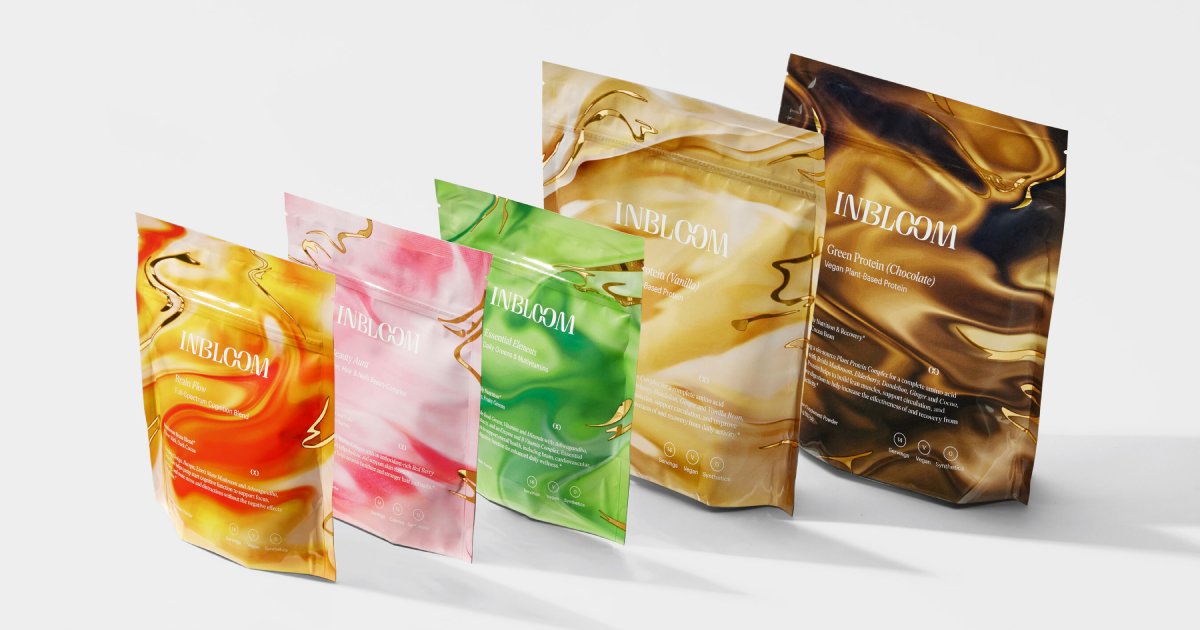The Next Big Thing in Beauty is Wellness

By Mark Seavy
The once rigid lines between wellness and beauty are blurring as consumers seek makeovers that apply to both their outer appearance and their inner well-being, according to executives at the recent Women’s Wear Daily (WWD) Beauty CEO Summit in New York.
As that trend takes hold, products like calming facial mists, mood-enhancing scents, and supplements for skin health have become key ingredients in consumers’ beauty routines. This approach is attracting customers that value self-care and a healthy lifestyle, setting off a scramble among beauty companies to court a growing consumer base.
In many cases it’s a carryover from the pandemic, when homebound consumers’ search for beauty remedies and growing awareness of mental health spawned a renewed interest in self-care. That in turn led to launches like skincare and makeup products being merged with fragrances that support relaxation, focus, and energy.
Actress Kate Hudson’s InBloom brand, for example, launched in 2020. But late last year it gained distribution through 400 Whole Foods locations for a mix of products that includes the Beauty Aura Skin, Hair, and Nails Beauty Complex, which features eight active ingredients to enhance skin tone and hydration as well as promote lustrous hair and stronger nails using hyaluronic acid, biotin, and other ingredients.
Ulta Beauty, meanwhile, is adding 20 new brands to its wellness merchandise mix, expanding what has been eight feet dedicated to the category, CEO Kecia Steelman said. In beauty, Ulta recently formed a partnership for superstar Beyonce Knowles-Carter’s “Cowboy Carter” tour, giving it exclusive access to her Cecred haircare line along with curated looks inspired by the tour. At Amazon, which has been building out its beauty business for two years, about 50% of customers are buying from both the beauty and wellness categories.
“There’s this mergence between beauty and wellness,” Steelman said. “There are new categories that we really feel like we can lean into, like nutrition, mindfulness, everyday care, and sleep. It’s all important.”
Alongside the merging of the wellness and beauty categories, beauty brands and retailers are seeking to create “experiences” that venture outside the products themselves.
Estee Lauder, for example, recently opened a two-story, 5,500-square-foot store in the Sanya International Duty-Free Shopping Complex in China. The location features a Skin Longevity Institute that houses a spa for facial treatments and access to beauty advisors. As part of its international expansion, Ulta is pursuing a two-part strategy. It has a joint venture with Axo Group in Mexico with plans to open 10 stores starting later this year and a licensed/franchise business with Alshaya Group for the Middle East, Turkey, and parts of Europe. Ulta also has salons in the majority of its more than 1,400 stores, about 200 of which will feature the “takeover” by Beyonce’s haircare brand. Additionally, the retailer is increasing the number of in-store events this year by 40%, Steelman said.
Amazon Beauty, meanwhile, partnered with Saks Global to launch a “Saks on Amazon” marketplace within its luxury section that will give it access to brands like Dolce & Gabbana, Balmain, Stella McCartney, La Prairie, and others. The Saks online storefront is more refined and less busy than the typical Amazon page, eliminating customer reviews, star ratings, and the “products bought together” suggestions. Amazon is also introducing a Skincare Plus service that includes dermatologist-approved products, prescriptions, and telehealth.
“We see a huge opportunity in women’s health, not just from a product perspective but shopping experience as well,” said Melis del Rey, General Manager of Health & Beauty for U.S. Stores at Amazon. “Skincare Plus is relevant for us as far as [what we can do to] remove the barriers and have a wholistic shopping experience. We are seeing success with skincare products that are taking their cues into haircare.”




